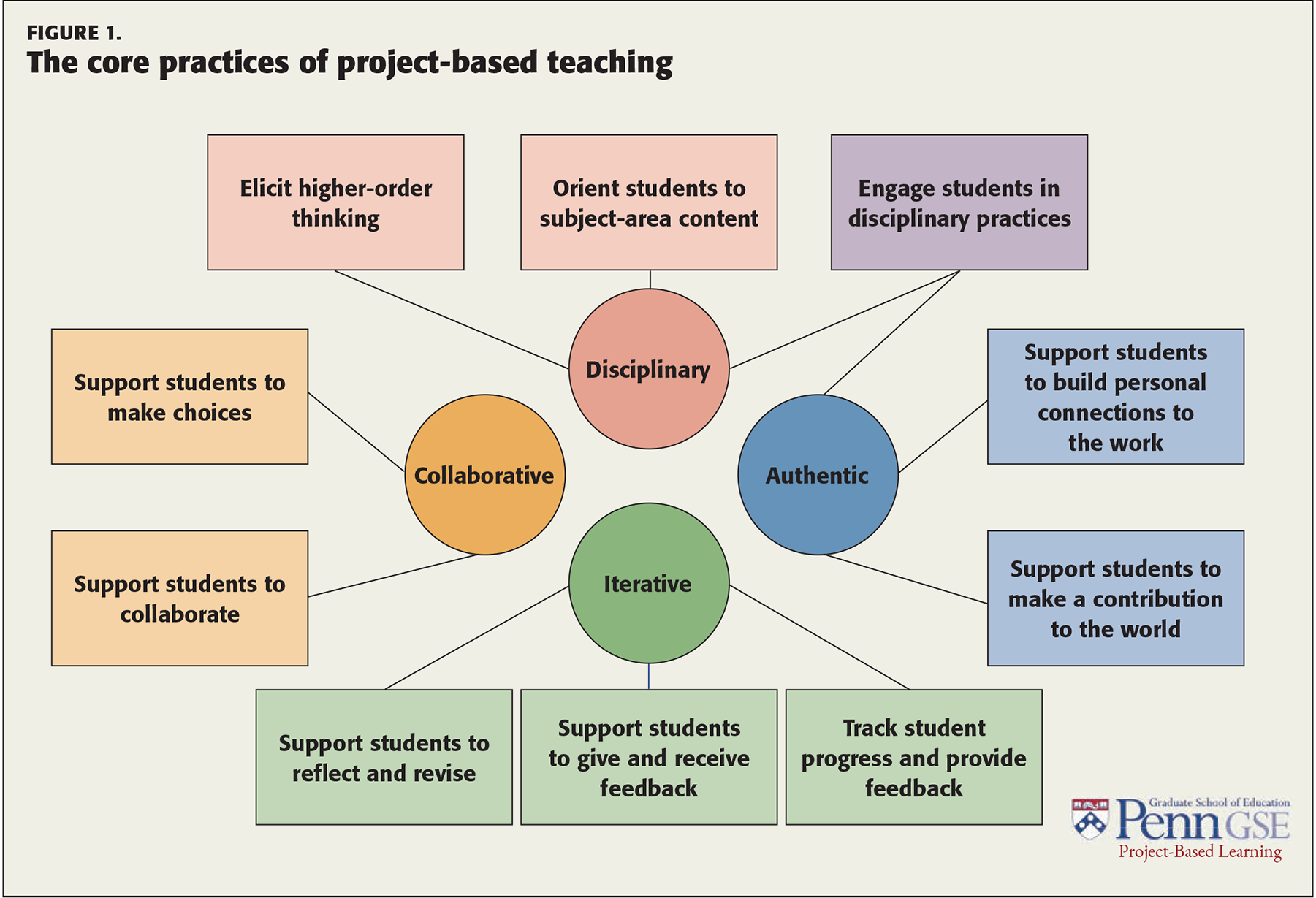https://www.npr.org/player/embed/562887933/563105739
Let’s have fun learning about how the founders of this now ubiquitous App Instagram developed this Billion dollar model, and then we will examine how we can adopt elements of their success story as we begin our first steps in our own project-based learning journey. So how can we use this Instagram’s story to teach the dynamic disposition and positive attitude a student needs to cultivate in a project-based learning classroom?
It is very fascinating to hear the early iterations of Instagram (see more here: https://www.theatlantic.com/technology/archive/2014/07/instagram-used-to-be-called-brbn/373815/) and then realize all the changes they made to make the app what it is as a working app today. That process that is narrated here is design thinking, which is a process we will explore more this year. https://en.wikipedia.org/wiki/Design-based_learning
Perhaps an important moment in their start-up was when they followed the advice to ask their users about what they enjoyed about their app rather than investing time into wondering what others who are not using the app would want. What did they learn from this part of the process?
(Podcast Time: 6:30) Isn’t it fascinating that the best thing for any entrepreneurial is failure? The founders of Instagram cite Eric Ries and his ideas about the process of a lean startup. “Don’t ask why people don’t use your startup. Ask why people who continue to use your start up use your startup.” https://en.wikipedia.org/wiki/Lean_startup
(Podcast Time: 8:00) One of the founders tells a story of being burnt out and going on a break. Does he really take a break? Why type of thinking does he do on this “break” and how does it help the next iteration of the product of Instagram?
(Podcast Time: 9:00) Style topic. Did you notice how the music delivers a great downbeat when the divergent thinking that one of the founders has when his then girlfriend and now wife provides an insight while walking on the beach?
(Podcast Time 12:00) Just appreciate this moment. No response necessary. This is my hook for our audience!. “It was trial by fire; so many chances to fail. Kept working; all nighters. The amount we learned in that first year was crazy. It was fives years of college in one.” I would make this the hook because I’m an educator, and the producer here chose a more entertaining hook.
(Podcast Time: 17:30) There is a great conversation about how the story of success is never linear. It’s always dynamic, an up-and-down journey. Reflect on this moment and also reflect on how the founders keep their eye on the experience of the user. Do you have a personal success story that was not linear and had several “false starts” along the way before you achieve a degree of success? Write a 3-6 sentences here about that experience. We’ll share these moments in class and expand more on them.
(Podcast Time: 23:00) Around minute 23 they discuss the currency that feeds an entrepreneur. Explain in your own words this experience and its value. Then reflect on our course description and explain what experience will make our experience valuable.
(Podcast Time: 24:00) They reveal another great moment where they learned a lot through failure. This moment had to do with a mistake. What was the mistake? Could the mistake been avoidable? What else did they learn about the relationship they had with her users?
What do you think of the founders’ thesis about luck and talent? What role do resilience, grit, and optimism play in capitalizing on luck?
Many people define a person’s mindset as an established set of attitudes, what did you learn about the mindset of these innovators? Does it help you realize your own mindset(s)?









